Grasping bass notes truly sets the stage for composing and playing the bass guitar.
This Bass notes chart guide introduces the concept of bass note charts, highlighting their value as a visual tool for musicians of all experience levels.
The chart offers a clear layout of the notes on the fretboard, their corresponding positions, and how they function within scales and chords.
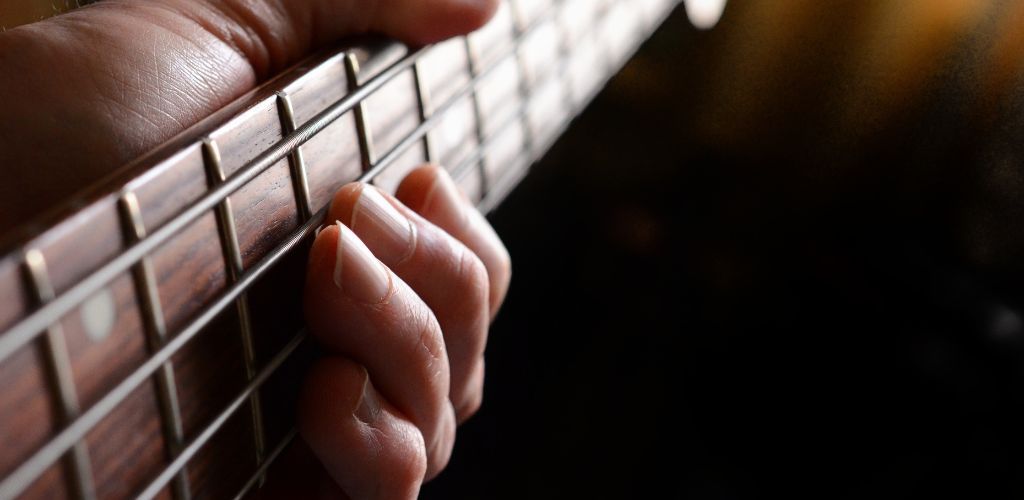
This comprehensive approach caters to both beginners seeking a solid foundation and seasoned players aiming to refine their technique and broaden their musical vocabulary.
In essence, the bass note chart serves as an indispensable resource for bassists on their path to musical mastery.

Anatomy of the
Bass Guitar Fretboard
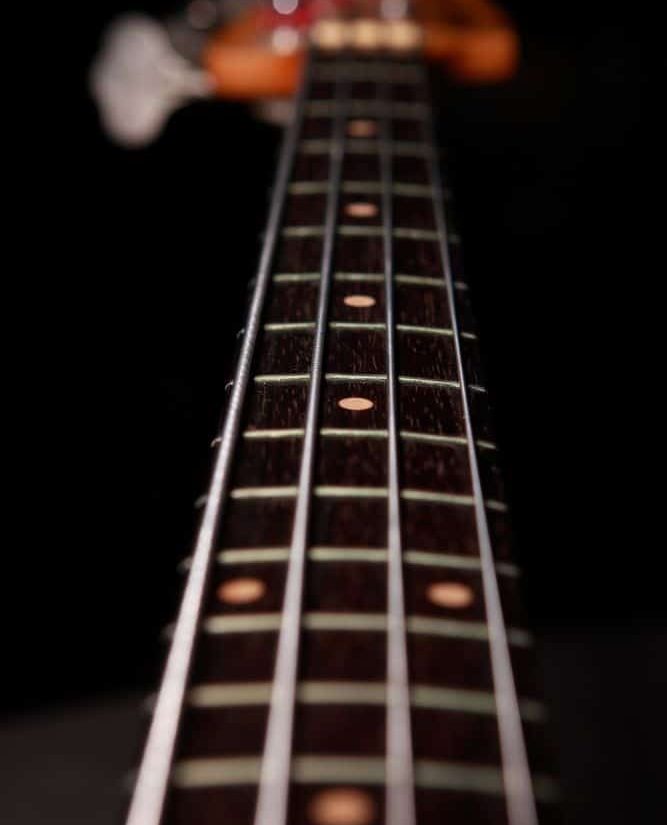
The fretboard is the long, flat piece of wood on the neck of the bass guitar where you press the strings to create different notes.
It’s like the map that guides your fingers across the instrument.
These are the thin metal strips running perpendicularly across the fretboard. Pressing a string down onto a fret creates a specific pitch.
The number of frets varies depending on the bass but typically ranges from 19 to 24.
These are small dots or inlays embedded in the fretboard at specific intervals. They act as landmarks, helping you navigate and identify where you are on the fretboard.
Inlays are typically placed at frets 3, 5, 7, 9, 12, 15, 17, 19, 21, and 24, with the 12th and sometimes 24th fret having a distinct design for easy reference.
Bass Guitar String Names and Tuning
Bass guitars typically have four strings, each with a distinct name and pitch.
Here’s a closer look:
(from thinnest to thickest)
(from thinnest to thickest)
G, D, A, E
The four strings are tuned in perfect fourths, except for the B string, which is tuned a major third lower than the G string.
This specific tuning (E-A-D-G) is called “standard tuning” and is the most common tuning used on bass guitars.
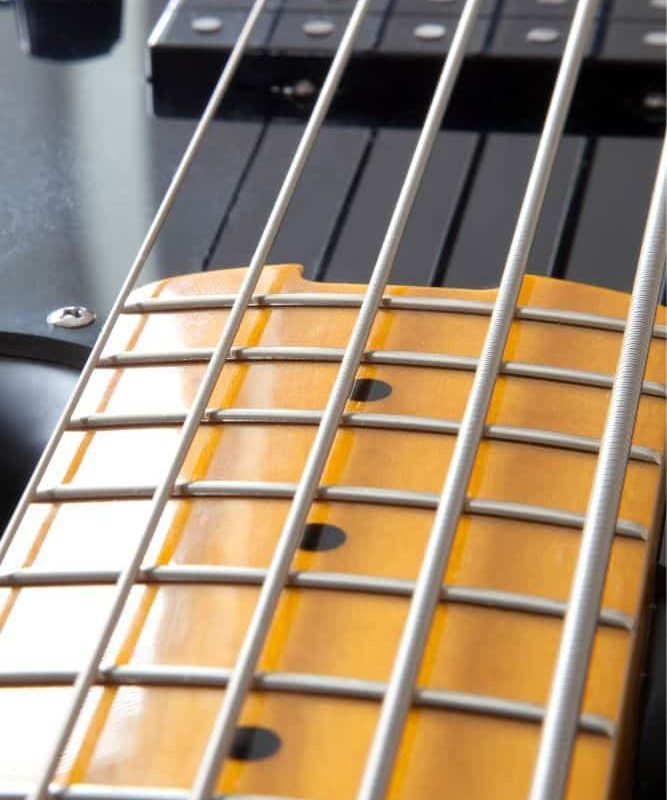
A Comprehensive
Bass Guitar Notes Chart
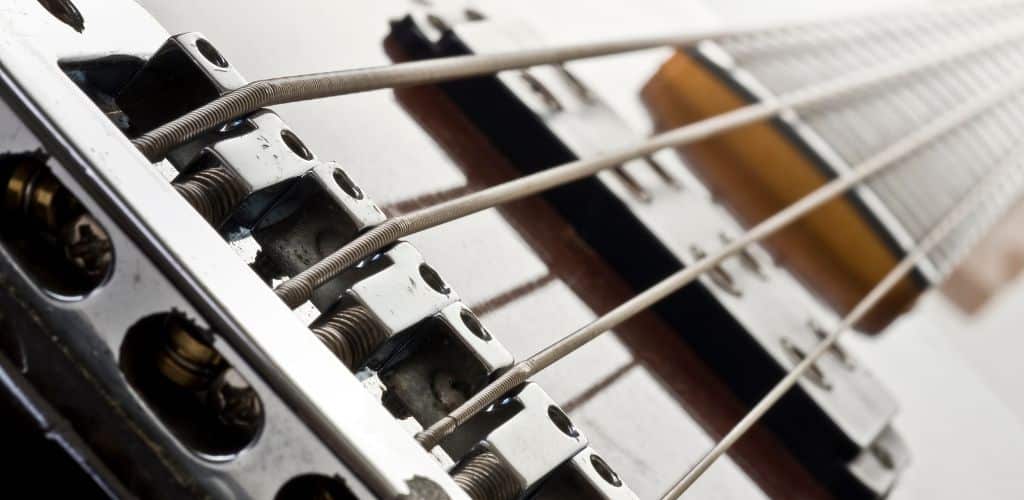
A comprehensive bass guitar notes chart is a powerful tool for visualizing the fretboard layout and mastering note placement.
It typically presents a grid-like structure, with horizontal lines representing the strings (E-A-D-G) and vertical lines representing the frets (typically 1 to 24).
Each intersection of a string and fret displays the corresponding note (e.g., E on the open E string, A at the 5th fret of the D string).
- Learning Note Names: It provides a clear reference for associating specific fret positions with their corresponding note names (C#, F sharp, etc.).
- Visualizing Scales and Chords: By highlighting the notes that make up various scales and chords across the fretboard, the chart aids in understanding their structure and finger positioning.
Key Concepts for Reading Bass Guitar Notes
Understanding some fundamental concepts will significantly enhance your ability to utilize a bass guitar notes chart effectively.
The notes on the bass, like most Western music, follow the alphabet A to G.
These are called natural notes.
These are additional notes squeezed between the natural notes, creating 12 total notes per octave.
They have two spellings (enharmonic spelling) but sound the same. (e.g., A#/Bb)
The distance between notes is measured in half steps (one fret) and whole steps (two frets).
There are only two exceptions: E to F and B to C, which are always half steps apart.
The same note at a higher or lower pitch (double the frequency).
Octaves serve as landmarks on the fretboard.
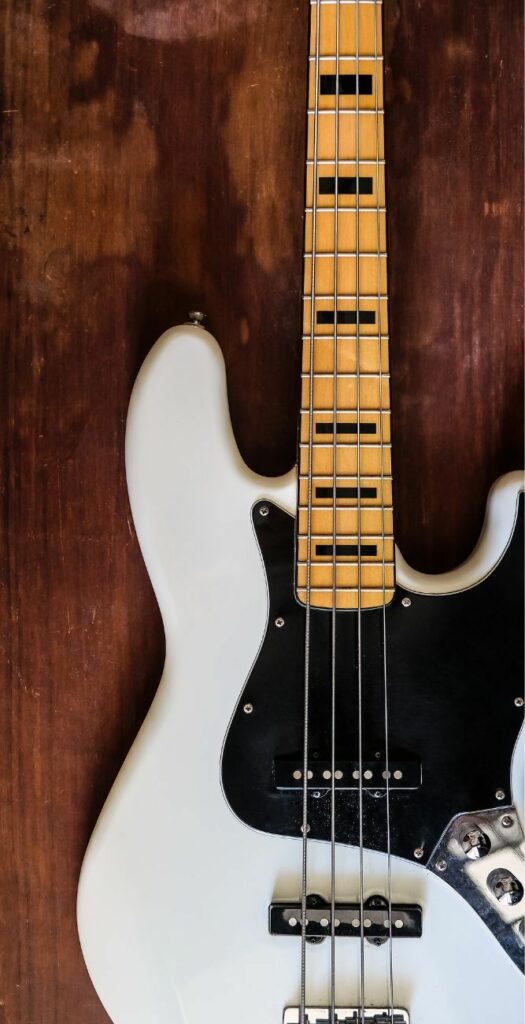
Note Patterns and Positions
The beauty of the bass guitar lies in the patterns and positions that notes occupy across the fretboard.
These patterns offer a strategic approach to learning notes, allowing you to focus on specific areas instead of memorizing every single fret position individually.

Here’s the core principle:
Commence by identifying the open string note (E, A, D, G).
Ascend two frets from any note to reach a whole step higher.
To achieve a half step higher, move up one fret from any note.
This systematic pattern (two frets, one fret) is reiterated throughout the fretboard.
Best Beginner Bass Guitar
Squier Bronco Bass, Torino Red

PERFECT FOR: Beginner to Intermediate Players
FEATURES: Body made of Agathis wood
OTHER INFO: Scale Length: 30"
Squier Bronco Bass, Torino Red
- Ergonomic shape for effortless playability
- Lively resonance right out of the box
- Responsive bridge and tuning machines
- Vintage tone suitable for classic rock 'n' roll sounds
- Great for beginners or as a secondary instrument for more experienced players
- Only one pickup limits tonal options
- Agathis wood body may not provide the same level of resonance and sustain as higher-end tonewoods
When you click ‘Check Price’, you’ll see there are loads of great places to buy this item. Our personal favorite is Sweetwater for the US, and Thomann and Gear4Music for the UK & Europe.
They are the largest music retailers, with excellent customer service, competitive prices, really fast shipping, and the longest guarantees.
The professional musician who wrote this article combined many things,
from the product build, manufacturer’s reputation through to feedback
from other users, to create our famous TedScore™.
LA Bass Guitar by Gear4music, Red

PERFECT FOR: Beginner bass players
FEATURES: 20 Frets
OTHER INFO: Comes with 1/4" jack cable and fitted gig bag
LA Bass Guitar by Gear4music, Red
- Crisp, clear tone with good low end depth, punch and sustain
- Lightweight & comfortable body
- Impressive build quality at low cost
- Improved tone and volume
- Excellent value for money
- Limited range of sounds
When you click ‘Check Price’, you’ll see there are loads of great places to buy this item. Our personal favorite is Sweetwater for the US, and Thomann and Gear4Music for the UK & Europe.
They are the largest music retailers, with excellent customer service, competitive prices, really fast shipping, and the longest guarantees.
The professional musician who wrote this article combined many things,
from the product build, manufacturer’s reputation through to feedback
from other users, to create our famous TedScore™.
IBANEZ GSR180 GIO BASS

PERFECT FOR: Beginner
FEATURES: Scale length of 34’’
OTHER INFO: 22 medium frets
IBANEZ GSR180 GIO BASS
- Lightweight and comfortable design for extended playing sessions
- Versatile tone options with the Dynamix J pickups
- Sleek and professional black finish
- Suitable for a wide range of musical genres
- Affordable price point for intermediate level players
- No included case or gig bag
- Passive pickups may not be suitable for players seeking a more aggressive tone
When you click ‘Check Price’, you’ll see there are loads of great places to buy this item. Our personal favorite is Sweetwater for the US, and Thomann and Gear4Music for the UK & Europe.
They are the largest music retailers, with excellent customer service, competitive prices, really fast shipping, and the longest guarantees.
The professional musician who wrote this article combined many things,
from the product build, manufacturer’s reputation through to feedback
from other users, to create our famous TedScore™.
Tips and Techniques for Mastering Bass Guitar Notes
For aspiring bassists, cultivating a nuanced understanding of the fret board and its corresponding notes is a cornerstone skill. Mastering this knowledge unlocks a world of creative possibilities and lays the foundation for technical proficiency.
Here, we explore a strategic approach to accelerating your bass guitar note journey:

Your Visual Companion: Utilize a comprehensive bass notes chart as your daily practice companion. Refer to it regularly to solidify the association between fret positions and their corresponding musical notes (C, D#, G flat, etc.).
Focus on Sections: Don’t overwhelm yourself. Start by mastering the notes on a single string or a specific fret range. Gradually expand your knowledge as you gain confidence.
Flashcards: Create flashcards with fretboard diagrams or pictures and write the corresponding note name on the back. Test yourself and have fun flipping through them, transforming learning into a game.
Interactive Apps: Explore interactive apps or online tools that gamify the process of learning notes. These tools often provide engaging exercises and quizzes to reinforce your understanding.
Develop Sight-Reading Skills: While the notes chart is a valuable reference, aim to learn how to read bass tablature and standard notation. This empowers you to play bass guitar from written music and opens doors to a wider range of playing opportunities.
Start Simple: Begin with exercises that introduce basic rhythms and single notes on the E string. Slowly progress to more complex patterns and incorporate other strings as your comfort level increases.
Apply Your Knowledge: Don’t just memorize note locations. Apply your newfound knowledge by playing simple bass lines or melodies using the notes you’ve learned.
Use a Chord Chart as a Reference: A chord chart displays the notes that make up various chords. Use it in conjunction with the bass notes chart to understand how specific notes function within chords and build foundational knowledge of bass accompaniment.
Short, Focused Sessions: Schedule daily practice sessions, even if they’re short (15-20 minutes). Consistent, focused practice is far more effective than sporadic long sessions.
Break Down Challenges: If you encounter a tricky note transition or a challenging pattern, break it down into smaller, more manageable steps. Master each step individually before putting them together.
Bass Notes Chart
Summary
Whether you’re a seasoned bassist or just starting to pluck the strings, having a solid understanding of where the notes lie on your fretboard is crucial.
This bass notes chart serves as your quick reference guide for navigating the world to read music.
Reading Music: A One-Note Advantage!
By familiarizing yourself with the layout of the notes on your bass, you gain a significant advantage when deciphering musical notation.
Imagine being able to instantly identify a C note on the E string rather than searching the fretboard each time.
This chart empowers you to translate written music into finger positions with ease, allowing you to focus on the rhythm, feel, and overall groove.
Keep this bass notes chart handy during practice sessions. As you internalize the note locations, you’ll unlock a new level of fluency in reading music.
Remember, consistent practice is key – the more you refer to this chart and translate notes to fret positions, the faster you’ll master the fretboard and become a confident bass player.
And if you would like a great list of Bass Guitars For Beginners, click now to read the article.
FAQ's
The notes on a bass depend on the chosen string and fretted position. In standard tuning, the open strings establish the foundation (E-A-D-G), and each fret raises the pitch by a semitone.
These are the open strings, serving as reference points: E, A, D, and G.
The 12 chromatic notes are: A, A#/Bb, B, C, C#/Db, D, D#/Eb, E, F, F#/Gb, G, and G#. These notes repeat in octaves across the fretboard.
There are two main ways to understand the notes on the bass:
-
Open String Notes (Standard Tuning):
In standard tuning, the four strings of the bass provide the starting point for notes. These are:-
E (thickest string)
-
A
-
D
-
G (thinnest string)
-
-
Chromatic Notes Across the Fretboard:
The bass fretboard offers a broader range of notes beyond the open strings. Here’s where things get more intricate:-
The fretboard is divided into frets (metal strips) and strings. Each fret represents a semitone (half step) increase in pitch.
-
By pressing a string behind a fret (fretting), you shorten the vibrating length, producing a higher note.
-
The combination of string and fret determines the specific note.
-
There are twelve chromatic notes (A, A#/Bb, B, C, C#/Db, D, D#/Eb, E, F, F#/Gb, G, and G#/) that form the building blocks of Western music.
-
These notes repeat in octave patterns as you move up or down the fretboard.
-
So, while the open strings offer four starting points (E-A-D-G), understanding the twelve chromatic notes and their positions across the frets unlocks the full potential of the bass.


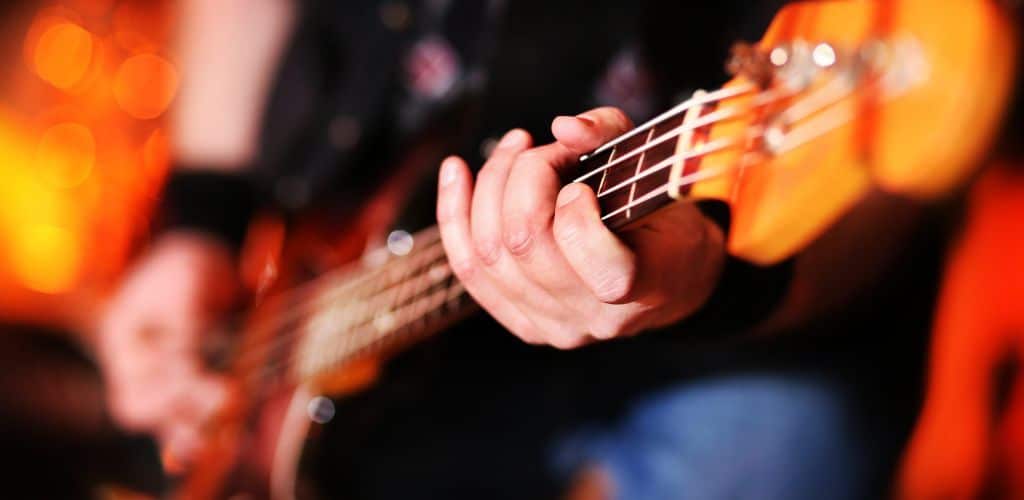

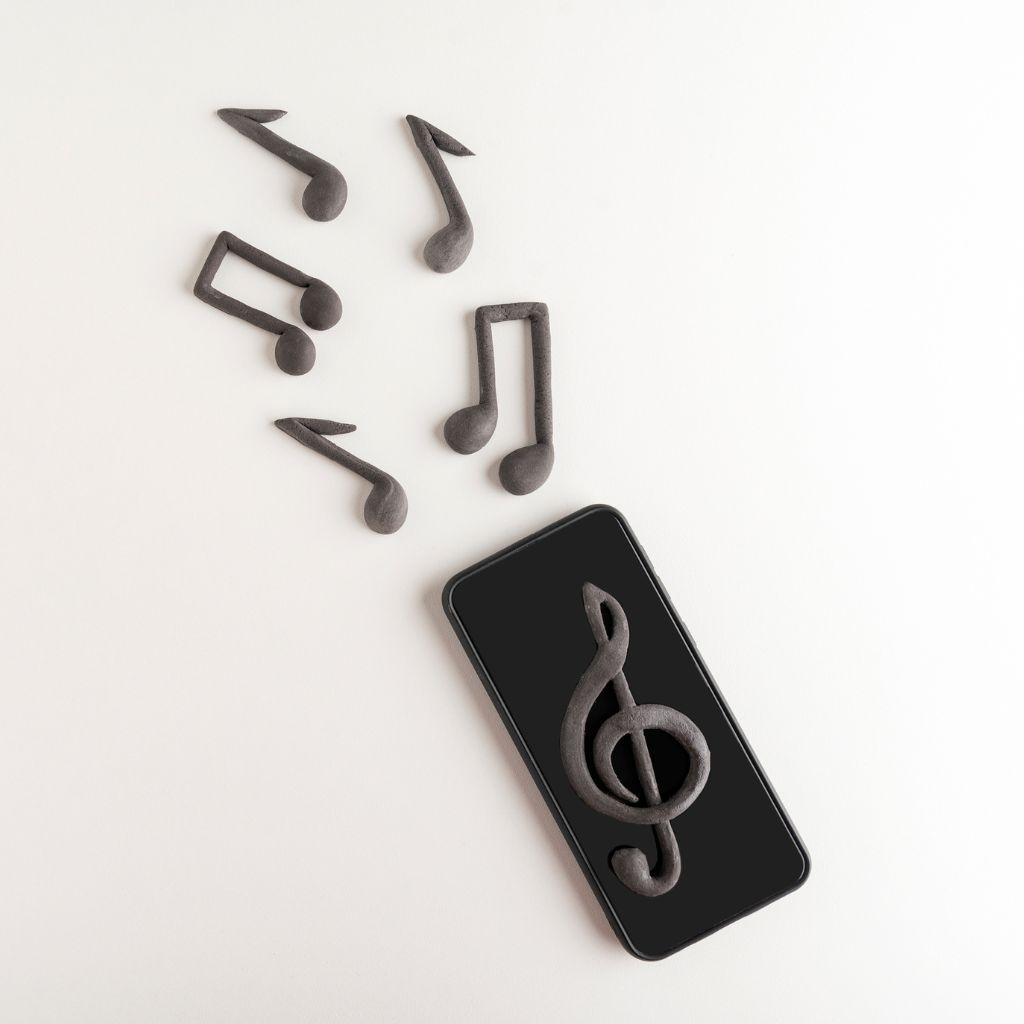

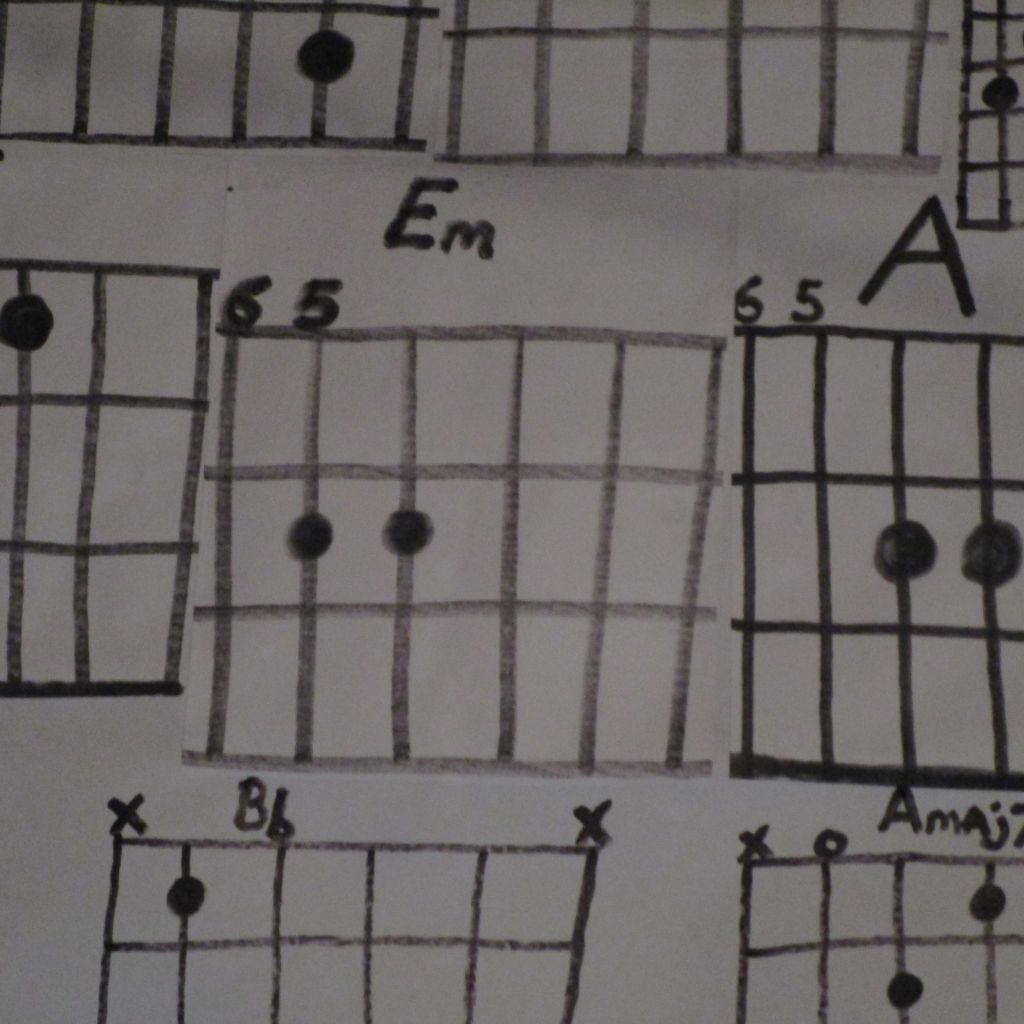








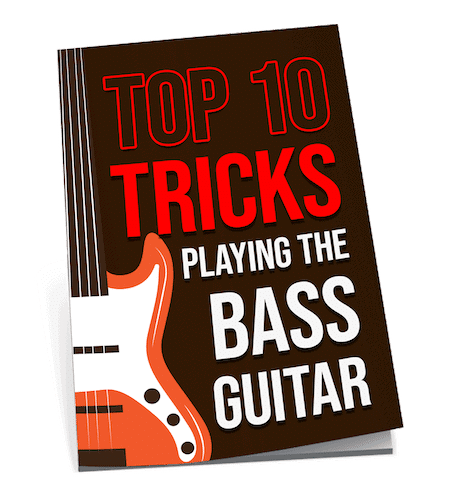
I found the segment on note patterns particularly enlightening. It underscores the methodical nature of string instrument mastery. Though, it’s prudent to mention that while charts and visuals serve as excellent aids, the tactile and auditory relationship built with the instrument is irreplaceable. The tactile feedback provided by the strings and fretboard, combined with the auditory feedback of the notes played, is crucial for a holistic understanding of the instrument. Would you agree, Hugh Richardson?
While the article provides a superb foundation on the bass guitar notes and fretboard, I believe it’s critical to dive deeper into music theory alongside physical practice. Understanding the theory behind scales, modes, and chord progressions will not only solidify your fretboard knowledge but greatly enhance your improvisational skills. Has anyone else found integrating music theory into your practice routine beneficial, or do you find it detracts from the more practical aspects of learning to play?
Not sure I agree. Sometimes feels like theory complicates things more than it helps. Preferences, I guess.
Totally agree with FretWizard88. When I started applying music theory to my bass practice, it was like unlocking a new level of understanding. Makes improvisation more intuitive as well.
man, those note patterns are where it’s at. was strugglin with those till i saw em laid out. makes a whole lot more sense now. anyone got tips for speeding up learning?
Also, break down tricky patterns into smaller chunks. Helps big time!
Practice slow, with a metronome. Speed comes from accuracy over time. Keep at it!
so everyone says start with a Bronco, but what if we wanna be unique? feels like just following the crowd to me.
Quick Q – is the Squier Bronco Bass good for total newbies? Heard mixed things but it seems solid for starters. Thanks for the insights!
I must commend you, Hugh Richardson, for the detailed overview of the bass guitar fretboard and the introduction to the basics like string names and tuning which are crucial for learners. Your article is a fantastic resource for those of us coming from other musical backgrounds and looking to expand our instrumental prowess into the bass guitar. The explanation on note patterns and their positions also demystifies a lot of what seemed intimidating at first glance. I look forward to experimenting with the techniques you’ve outlined.
Great outline, Hugh Richardson. Love seeing the basics getting some attention. That notes chart is a game changer for beginners.
Hey Hugh Richardson, stumbled upon your piece while trying to find resources for beginners. Do you think the Squier Bronco Bass is a good starting point for someone totally new to bass guitars, or should I look for something a bit more advanced to ‘grow into’?
Agree with BassMaster2000? Or should I wait for a sale?
Jenna_R, the Squier Bronco is a solid choice for beginners. It’s affordable and has a good sound. No need to splurge on something high-end when you’re just starting.